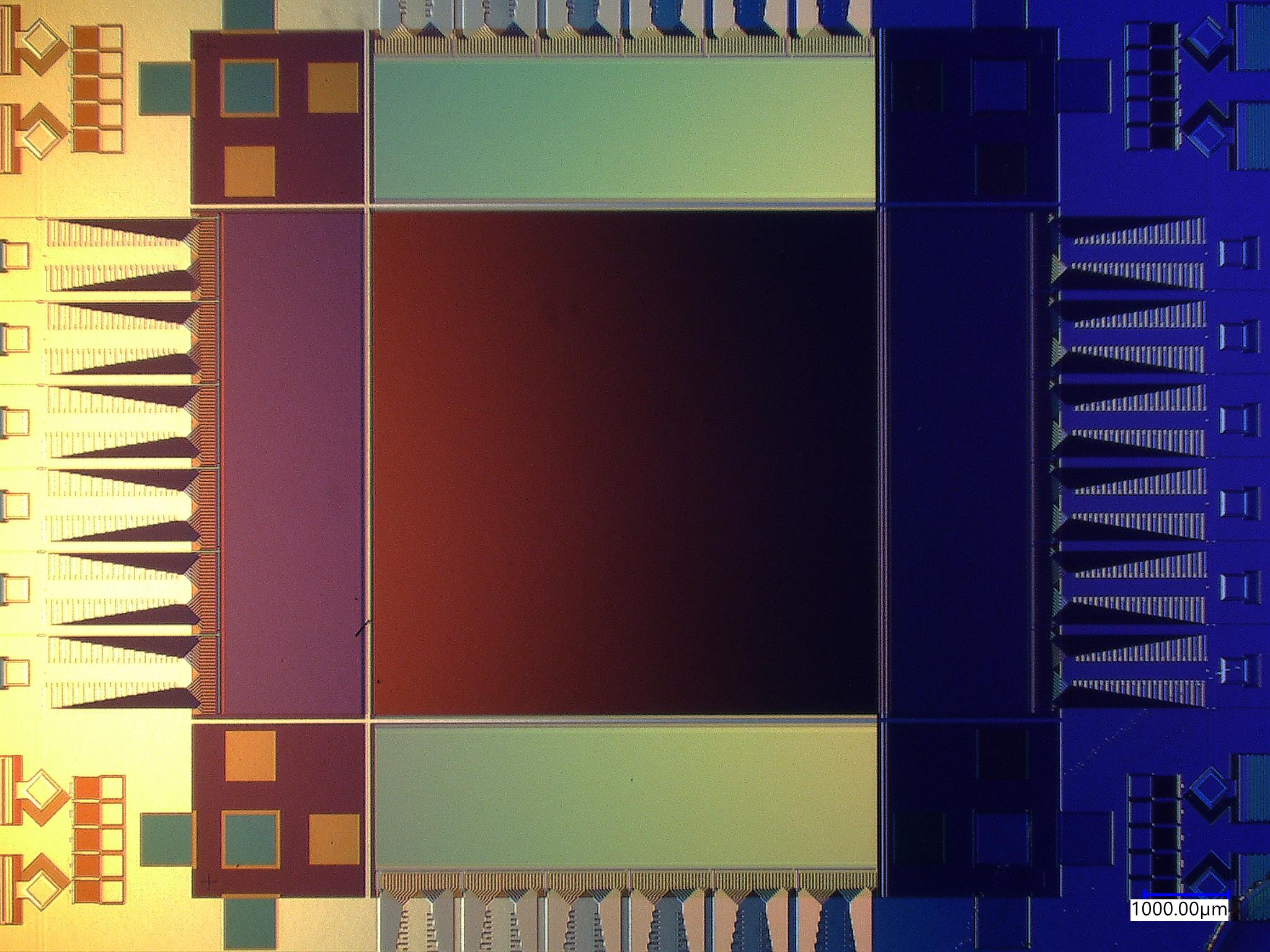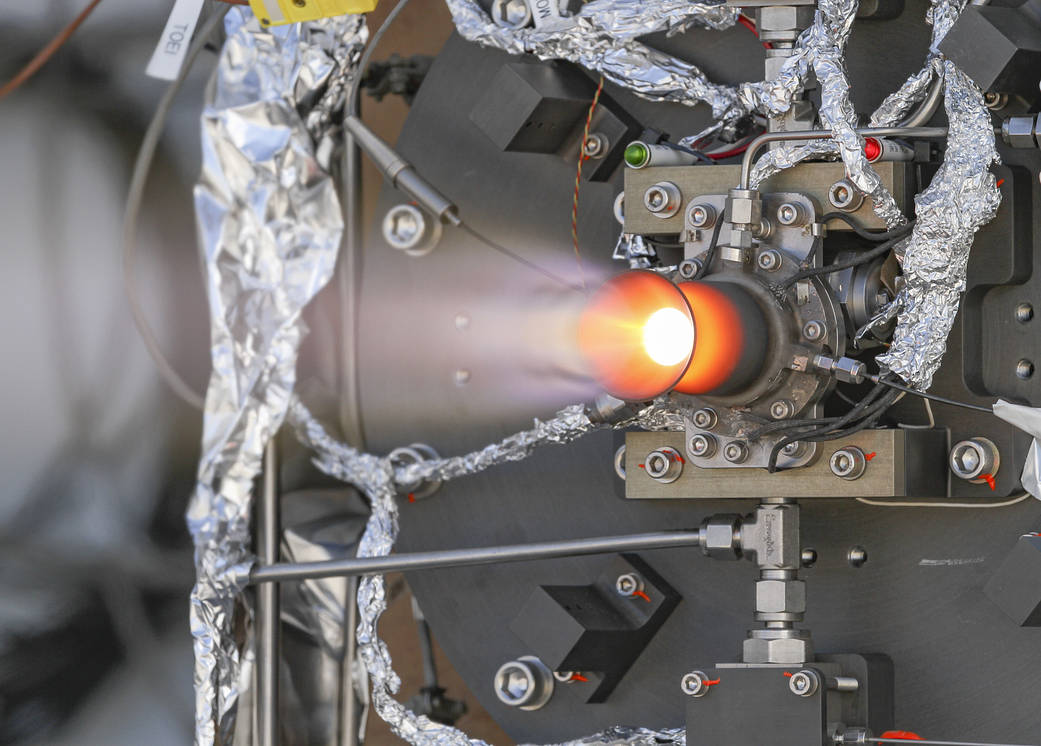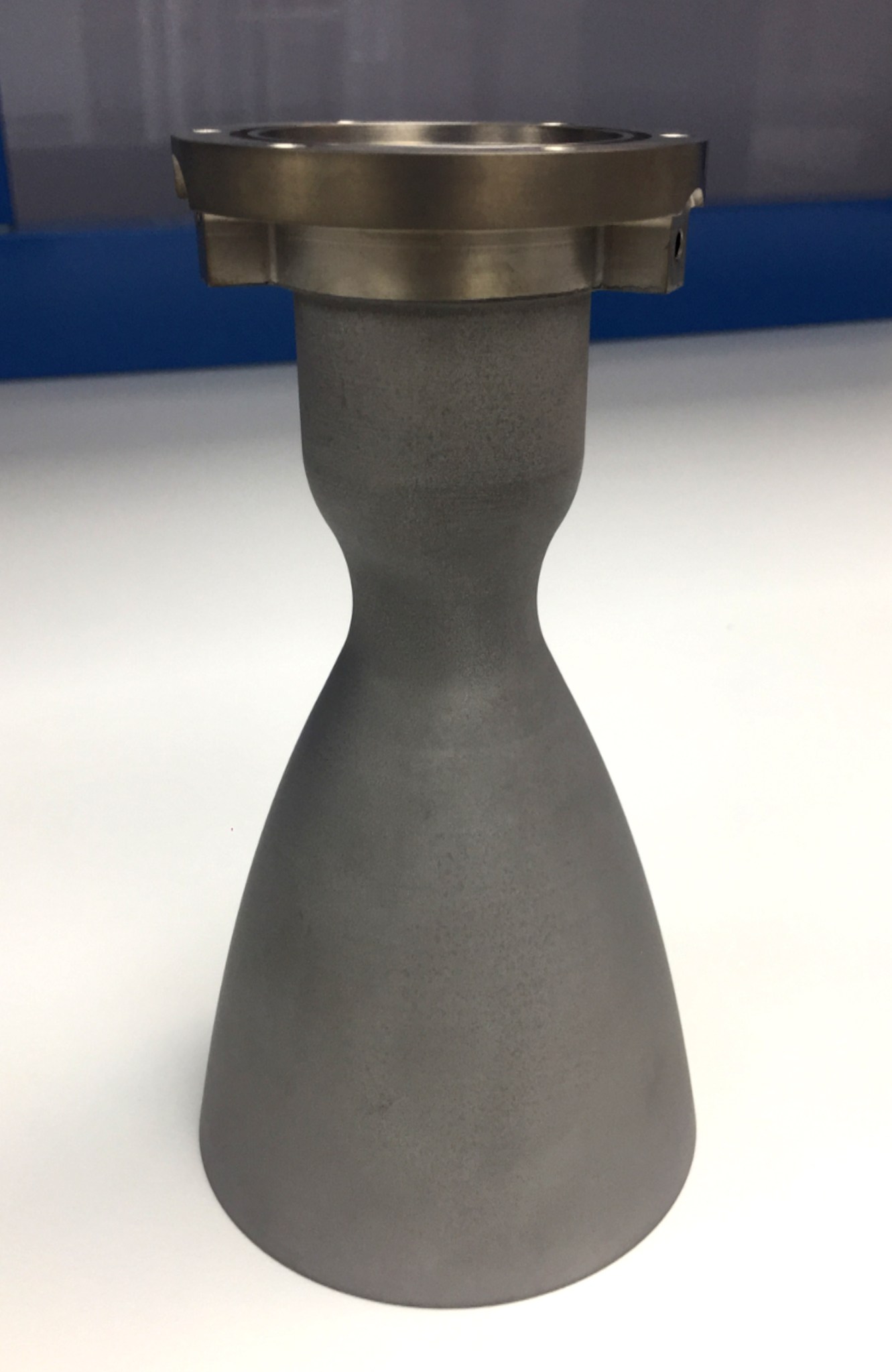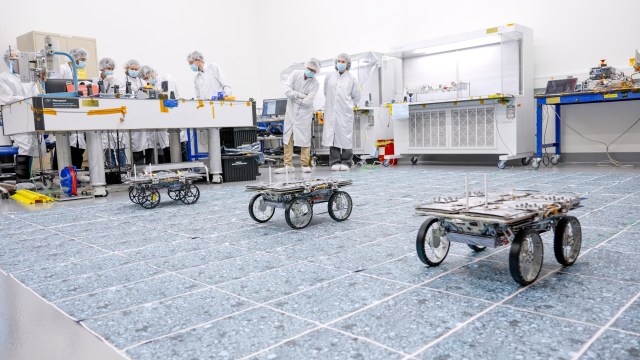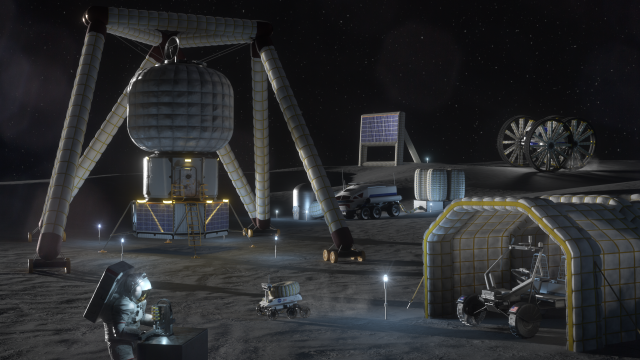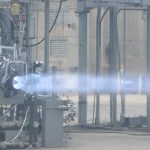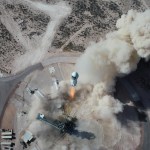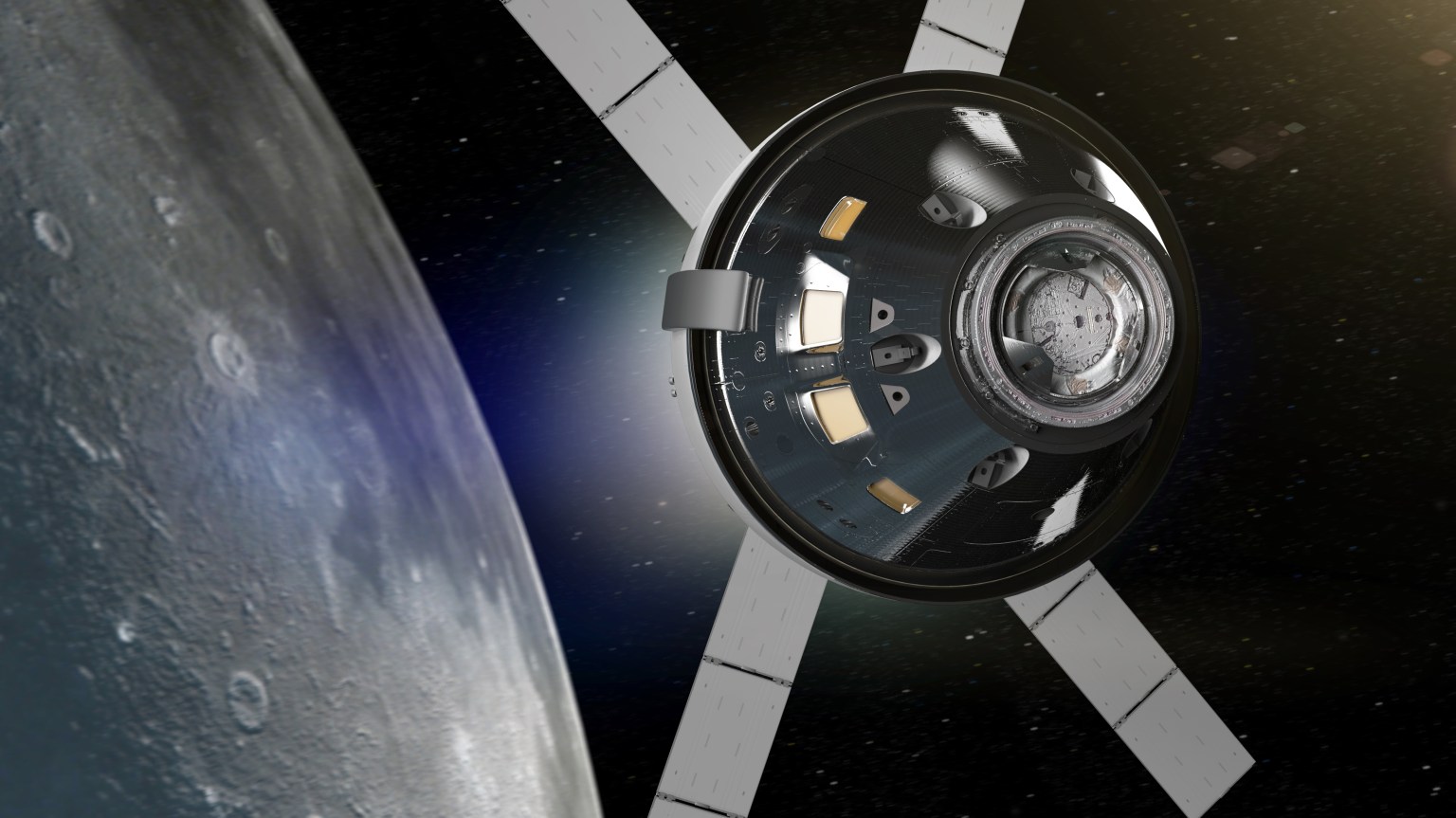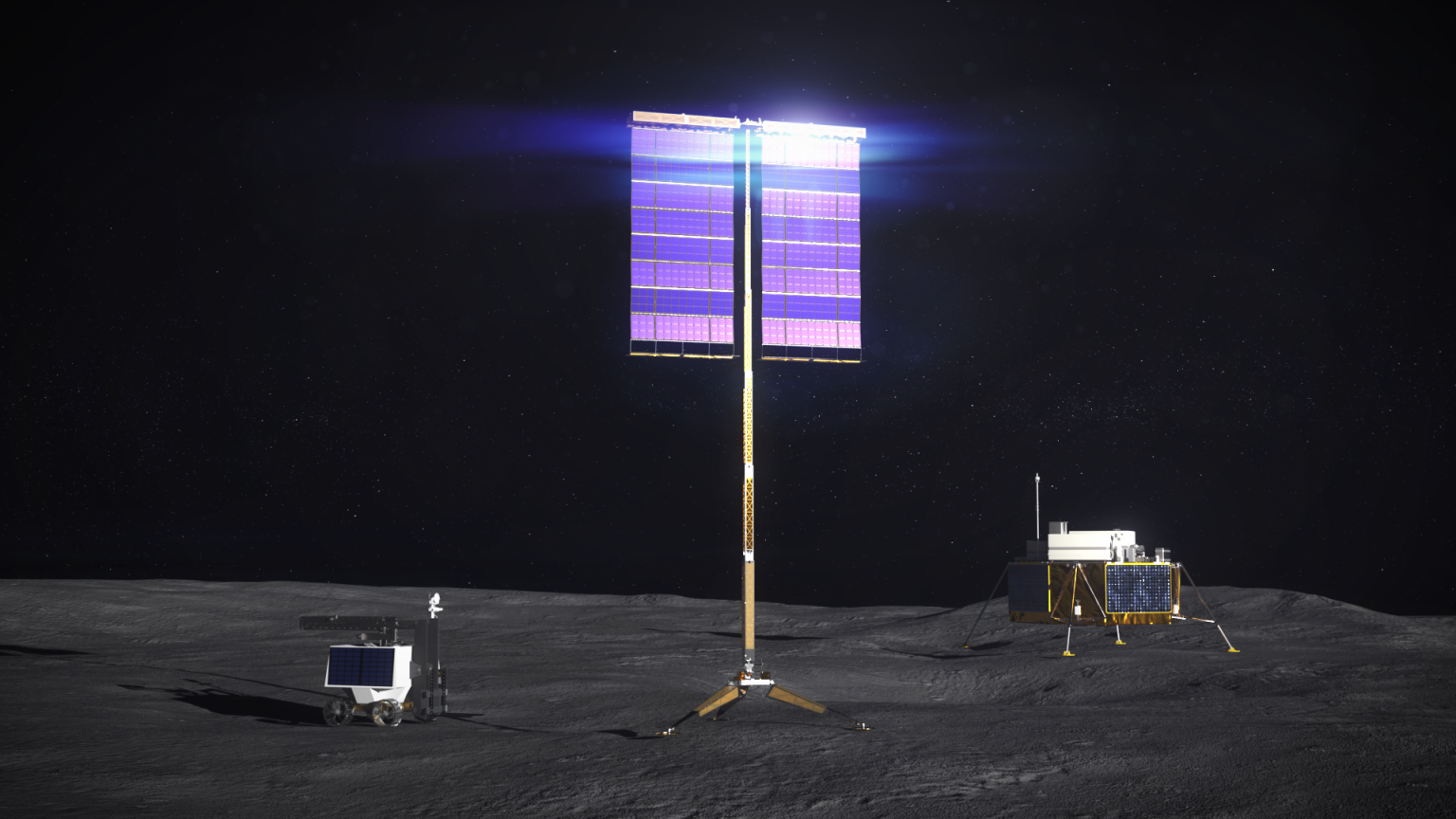Thruster Advancement for Low-temperature Operation in Space (TALOS)
NASA is developing new deep-space rocket engines that will save time and money on future missions. These next-generation engines could be used on future Artemis lunar landers to enter lunar orbit and descend to the surface. The engines are being developed under a NASA project called Thruster for the Advancement of Low-Temperature Operation in Space (TALOS).
NASA is developing next-generation small rocket engines to help reduce the cost of NASA and commercial spacecraft destined for the Moon, Mars, and beyond.
NASA’s Thruster for the Advancement of Low-temperature Operation in Space (TALOS) project is developing small thrusters to reduce overall spacecraft mass and power, which will reduce mission costs. The thrusters can make alterations in a spacecraft’s flight path or altitude and can be used to enter orbit and descend to the surface of another world. They can also serve as main propulsion thrusters for landers.
The TALOS design is being rigorously tested on Earth to qualify them for space. The engine design will soon make the trip to the Moon, helping deliver new science instruments and technology demonstrations. Astrobotic Technology of Pittsburgh plans to use the new thrusters aboard their Peregrine lunar lander.
How is TALOS different?
The TALOS thrusters burn mixed oxides of nitrogen and monomethyl hydrazine propellants (MON-25/MMH), which are capable of operating at low temperatures for an extended period without freezing. Although MON-25 has been tested since the 1980s, no spacecraft currently uses the propellant, or fuel. TALOS is capable of operating at a wide temperature range, between -40- and 80-degrees Fahrenheit. That’s compared to state-of-the-art thrusters of the same size that generally use similar propellants, which operate between 45- and 70-degrees Fahrenheit.
Because MON-25 does not need to be conditioned at extreme temperatures like other mixed oxides of nitrogen propellants, it will reduce power requirements for spacecraft operating in low temperatures, resulting in smaller, lighter, and less expensive systems. For example, TALOS reduces the weight and power requirements of a spacecraft by reducing the need for heaters to keep the propellant from freezing. The TALOS thruster itself is also lighter than other engines of similar power. Reducing power requirements for the spacecraft could also potentially reduce the number of batteries and the size of solar panels needed to power the spacecraft.
The TALOS thruster design will pave the way for commercial companies to use similar thrusters for deep space missions, since there is not currently a MON-25/MMH thruster capable of pulse-mode operation – the ability to fire the engine and maneuver the spacecraft in short bursts. The TALOS engines can pulse roughly three times faster than thrusters of similar size, which means the engines have greater control over the spacecraft’s movement during ascent and descent.
NASA will soon verify this versatile thruster design for space so that the agency and commercial companies can quickly and easily implement it in future missions. The TALOS project will perform engine qualification testing in 2020 and early 2021 to ready the thruster design for use on Astrobotic’s Peregrine lunar lander. Astrobotic is one of several American companies working with NASA to deliver science and technology to the lunar surface through the Commercial Lunar Payload Services (CLPS) initiative, as part of the Artemis program.
Once the TALOS design is qualified for flight, Frontier Aerospace of Simi Valley, California, will build thrusters for Astrobotic’s lunar lander under a NASA project called Frontier Aerospace Corporation Engine Testing (FACET).
Milestones
- January 2020 – NASA and Frontier Aerospace performed roughly 60 hot-fire tests on the main propulsion thruster prototypes over approximately three weeks. The tests were the first round of development testing on the TALOS axial thruster.
- March 2020 – NASA and Frontier Aerospace performed roughly 60 hot-fire tests on two main propulsion thrusters over 10 days. The tests took place in a vacuum chamber that simulates the environment of space at Moog-ISP in Niagara Falls, New York. Engineers collected multiple data streams, including the combustion chamber’s pressure and stability and the feed system’s pressure and temperature, which delivers propellant from tanks to the thruster.
Partners
- The TALOS thruster is being developed by Frontier Aerospace of Simi Valley, California.
- The project is led and managed by NASA’s Marshall Space Flight Center in Huntsville, Alabama.
- The Game Changing Development program within NASA’s Space Technology Mission Directorate funds the technology development project. The program is based at NASA’s Langley Research Center in Hampton, Virginia.
- The TALOS project is maturing thrusters slated to be used on Astrobotic’s Peregrine Lander.
- Moog-ISP in Niagara Falls, New York, is the valve supplier for the TALOS thrusters. Additionally, they are providing vacuum test facilities for hot-fire testing.
- Wittinghill Aerospace of Mojave, CA is providing hot fire testing of the TALOS attitude control system (ACS) thrusters.













